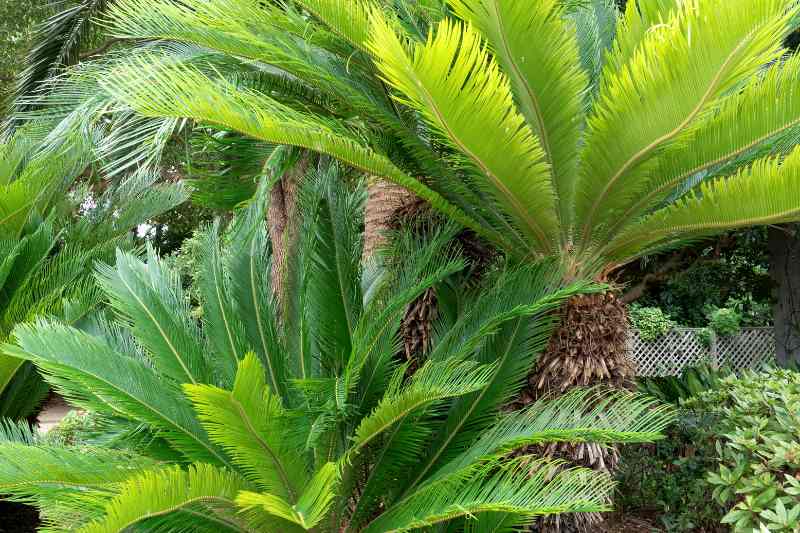The Cycas, also known as the sago palm, is a majestic plant highly sought after by gardeners looking to add an exotic touch to their garden. Knowing how to separate the suckers that appear at its base not only allows you to obtain new young plants but also to stimulate the mother plant. Here’s how to proceed step by step.
Why Separate Cycas Suckers?
The Cycas revoluta sometimes forms shoots at the base of its trunk, known as suckers. These growths can be removed and replanted to create new plants identical to the mother plant. Separating these suckers not only allows you to multiply your plants at minimal cost—particularly beneficial for the Cycas, which is expensive to purchase—but also rejuvenates the mother plant and promotes more vigorous growth. By removing them, you reduce competition for water and nutrients, which benefits the main plant.
This method also ensures faithful reproduction of the original variety.

When to Separate the Suckers?
The ideal time to separate Cycas suckers is in spring or early summer, when the plant is in full growth. This timing increases the chances of successful rooting. Avoid doing this during periods of dormancy (winter) or climatic stress (mid-summer), as these slow down healing and rooting.
Required Materials
- Gardening gloves, thick (the foliage is prickly)
- Pruning shear or a sharp, sterilised knife
- Rooting hormone (facultative)
- Pots with well-draining soil
- Watering can with a fine beak
How to Separate the Suckers?
Start by thoroughly watering the mother plant the day before to loosen the soil. The next day, clear the base of the trunk to access the suckers. Choose those that are well-formed, of sufficient size, and have a few roots. If none have roots, successful propagation will be more challenging.
Cut the suckers as close to the base as possible, making a clean, sharp cut. Remove any damaged roots, yellowed leaves, and debris. You can let the wounds dry for a few hours in the open air, in the shade, to reduce the risk of rot. Dipping the base in plant hormone powder is not essential but encourages root growth.
How to Replant the Suckers?
- Prepare appropriately sized pots with drainage holes, filled with a light, well-draining substrate: a mix of compost, coarse sand, and perlite or pumice. Place each sucker in a separate pot, ensuring the roots are well-covered with substrate. The young plants should be planted shallowly, with just their base buried.
- Gently firm the substrate around each sucker to stabilise it.
- Water generously after planting to encourage rooting.
- Place the pots in a warm, bright spot, but not in direct sunlight, sheltered from wind and stagnant moisture.
- Allow the substrate to dry slightly between waterings. Too much moisture at this stage can hinder successful propagation.
Good to Know
- The suckers may take several weeks, or even months, to root and show signs of new growth. Be patient!
- Protect the young plants from drafts and extreme temperatures.
- Wait until the suckers show signs of growth (new fronds appearing) before fertilising. Applying fertiliser too early can do more harm than good.
































Comments